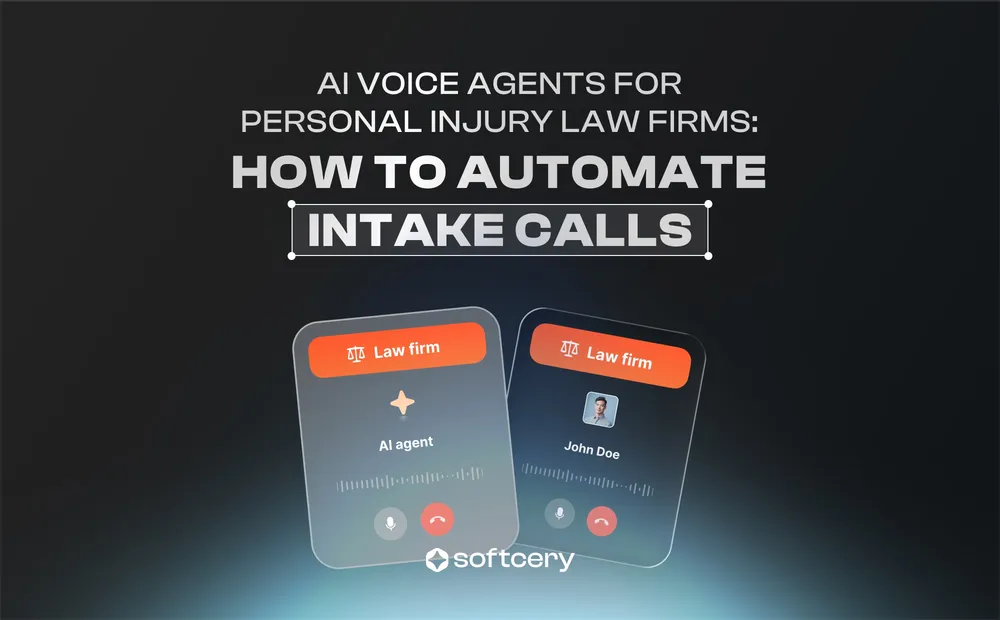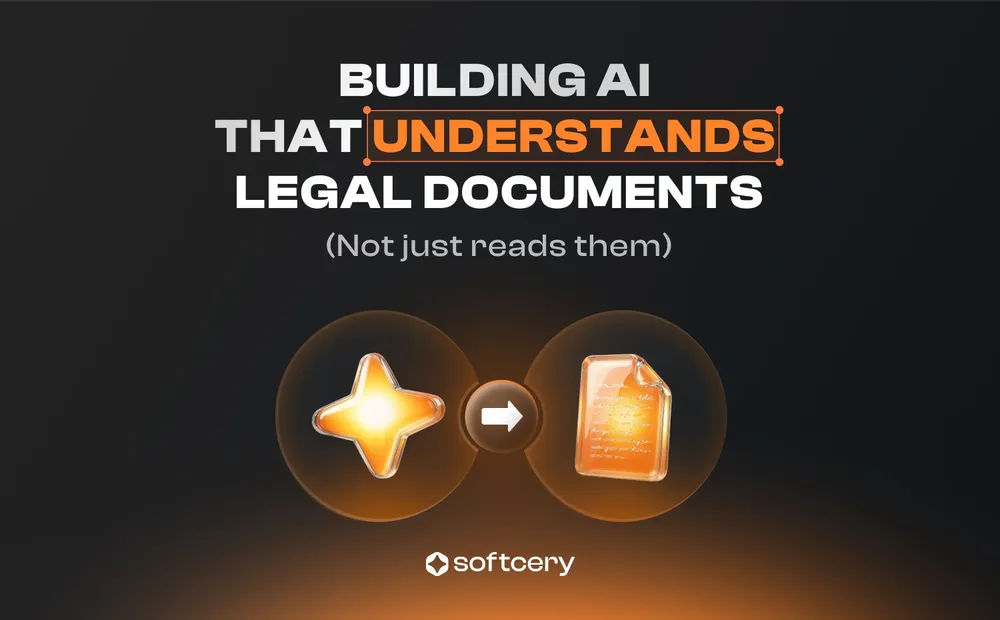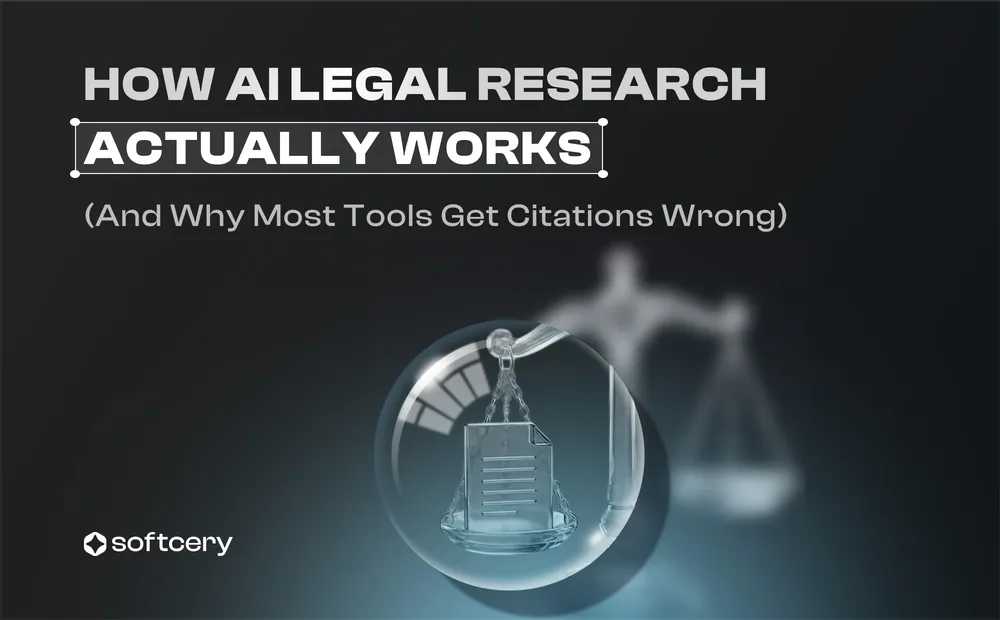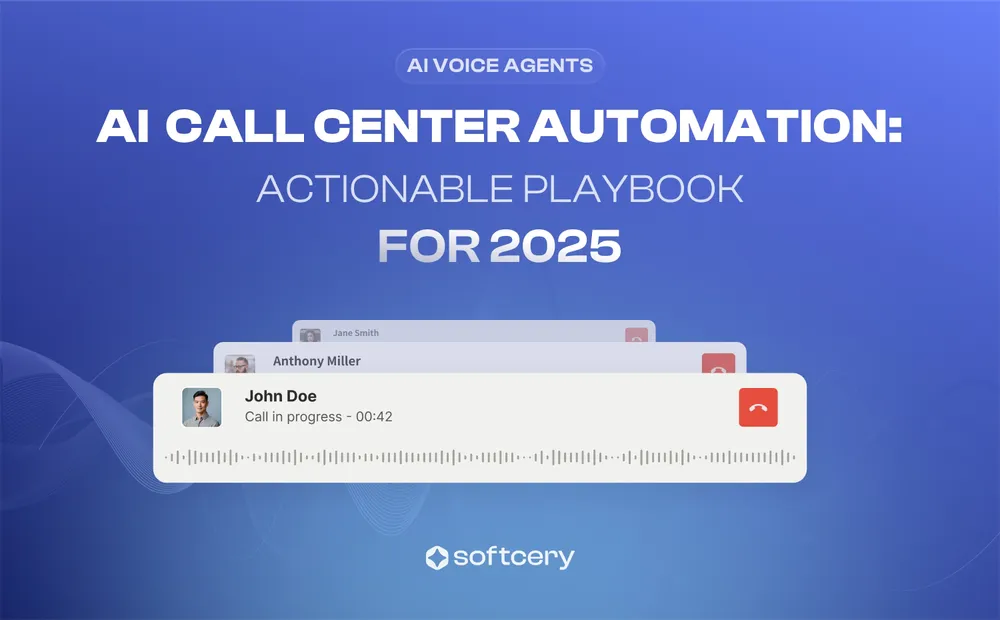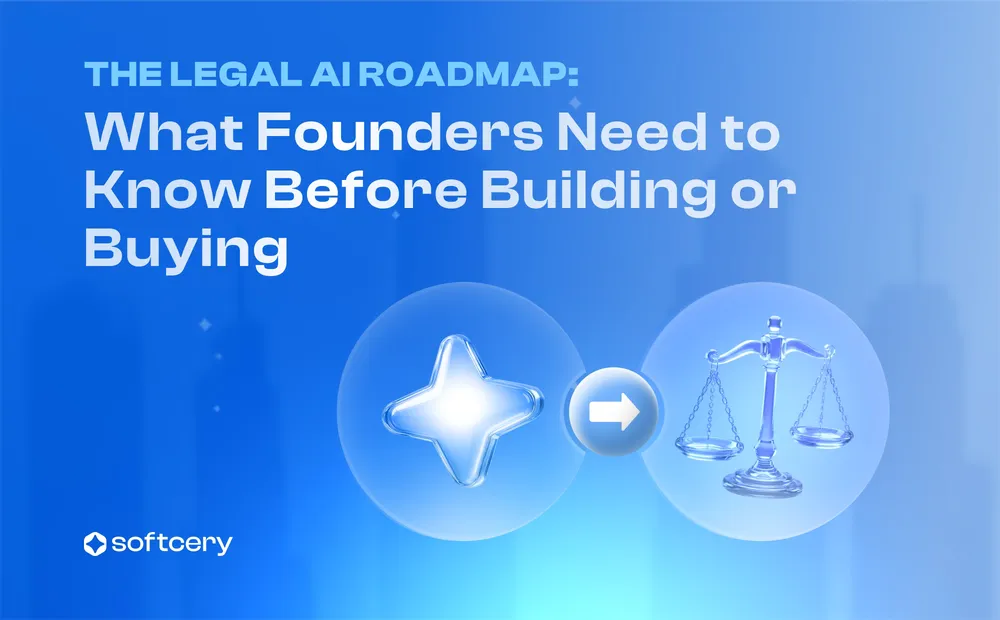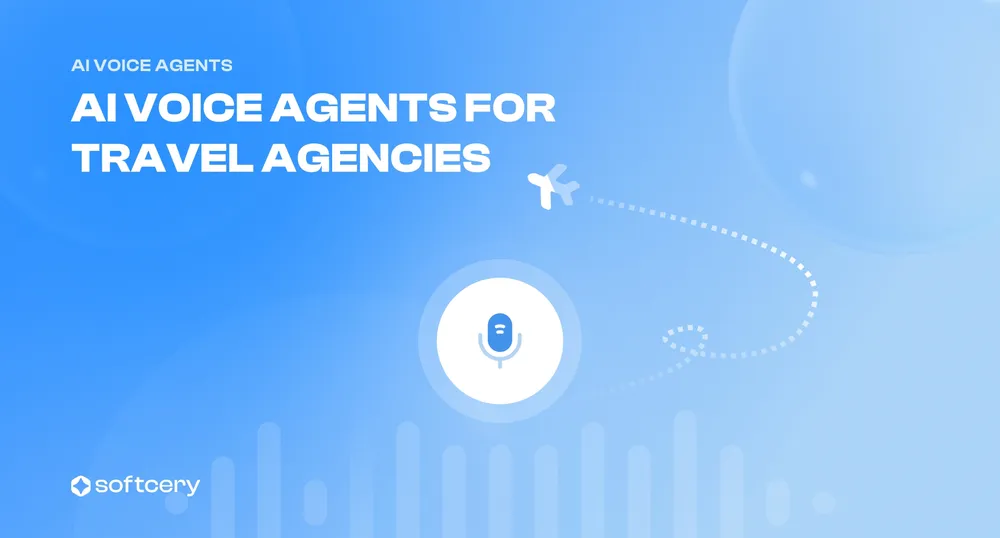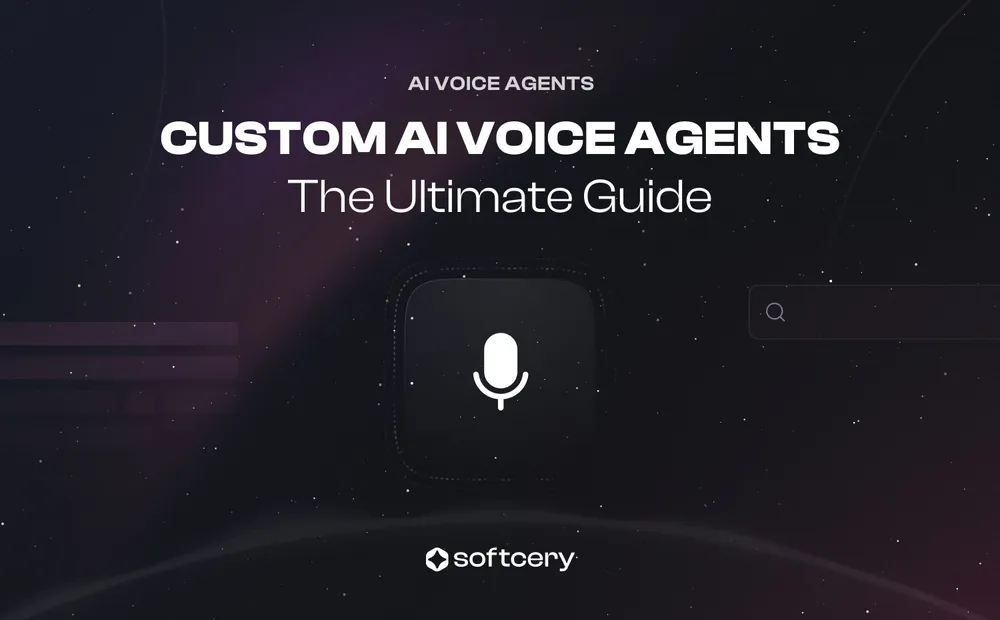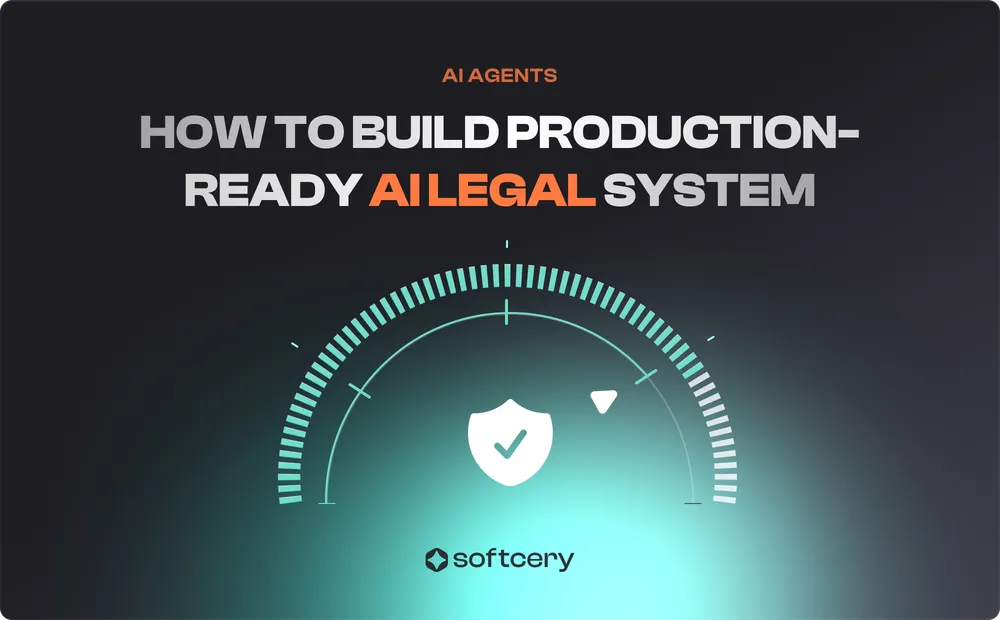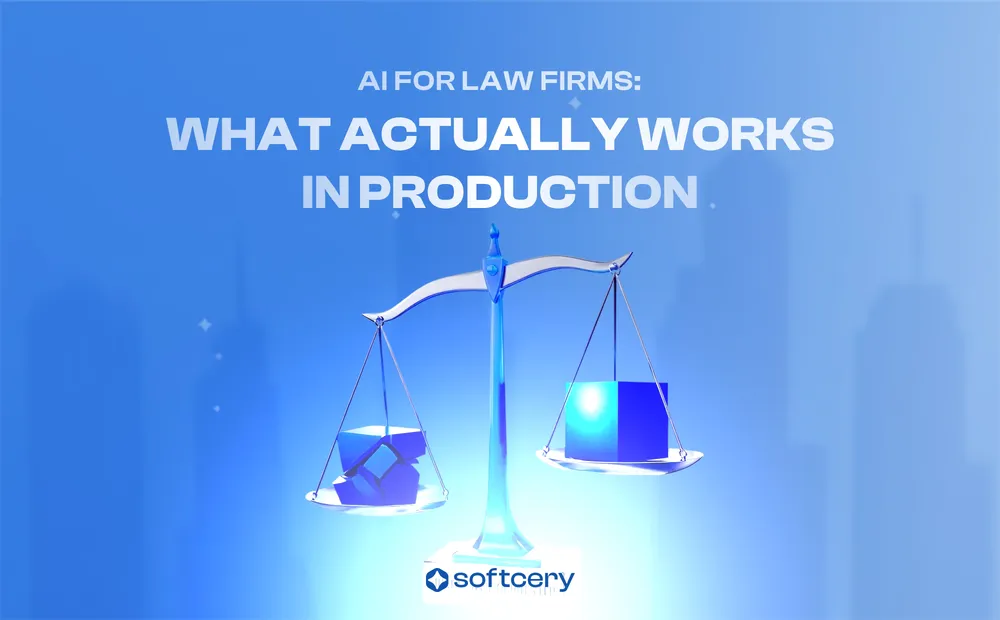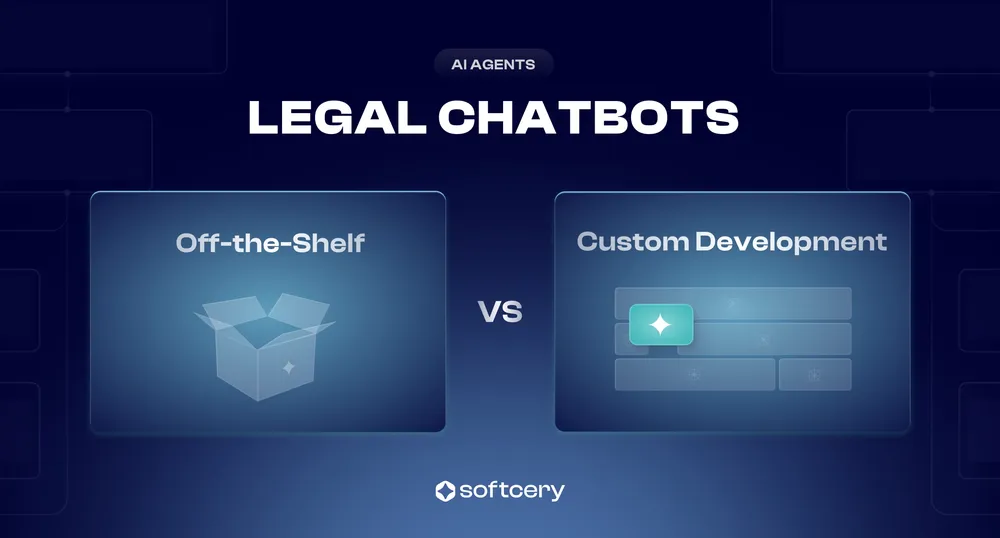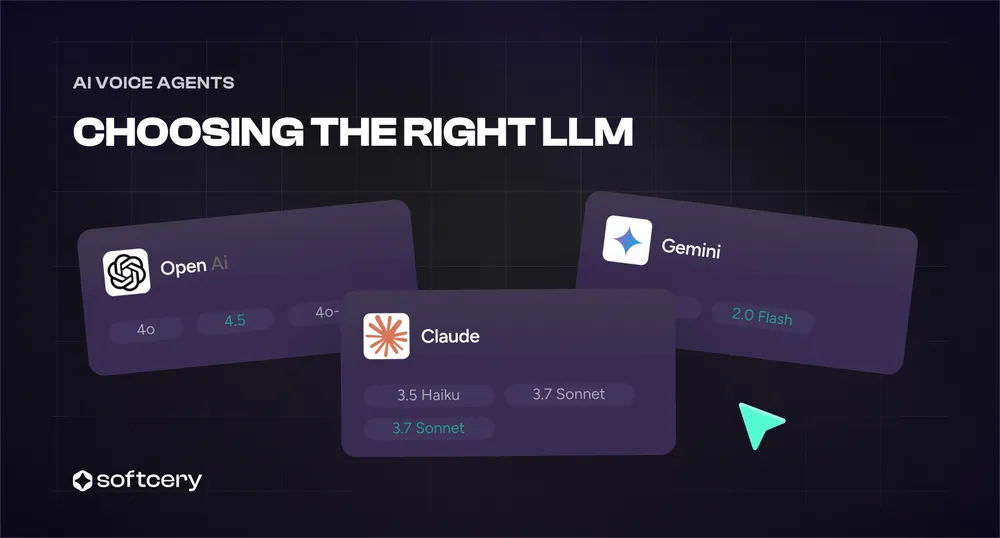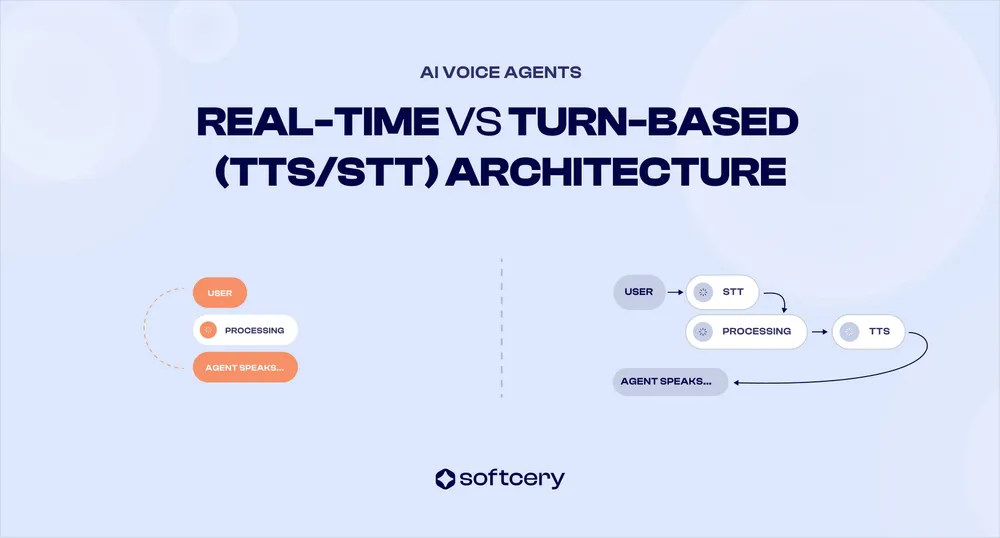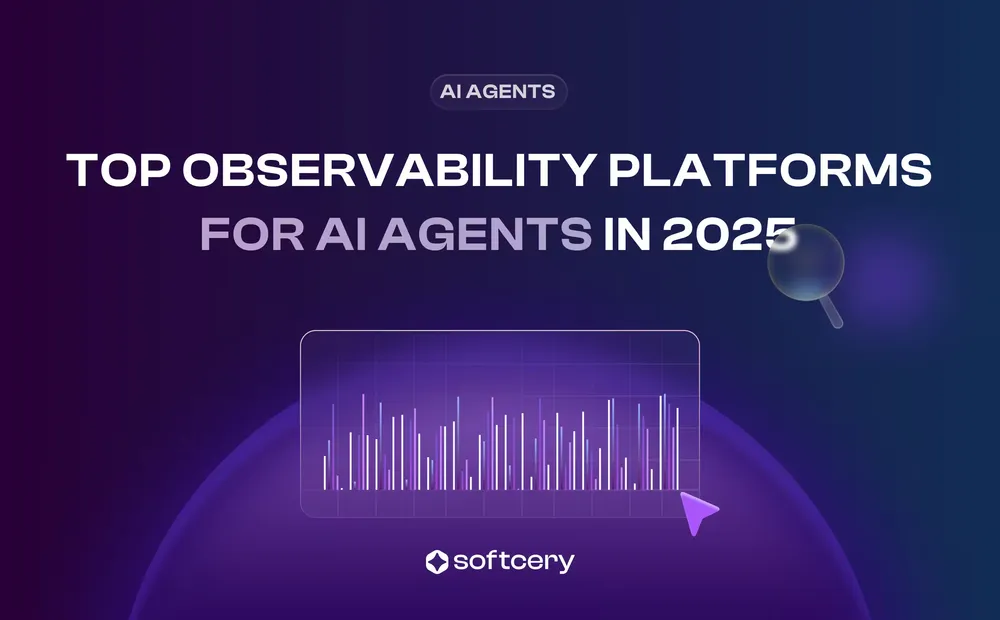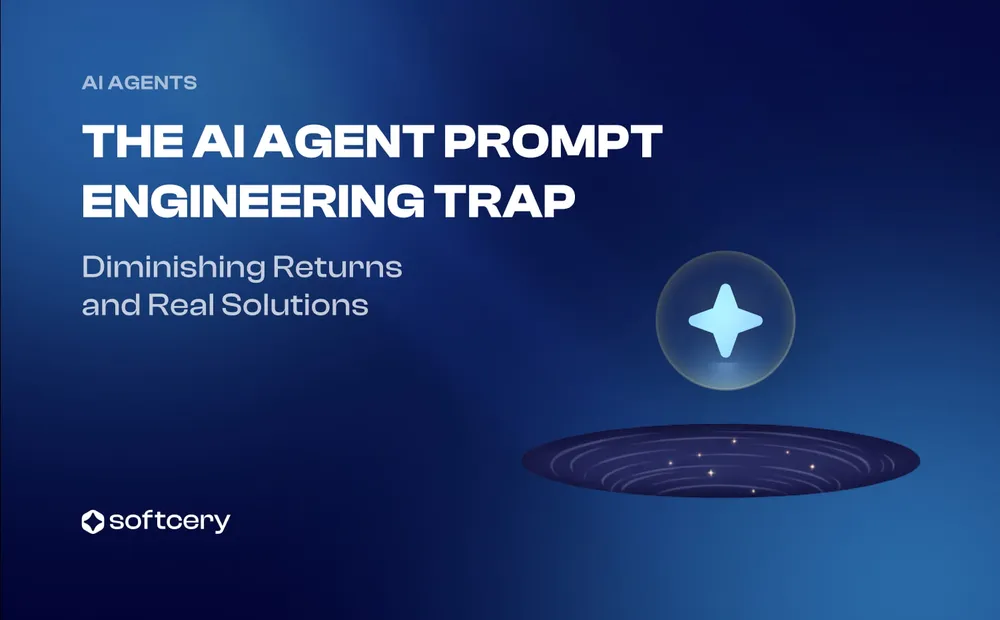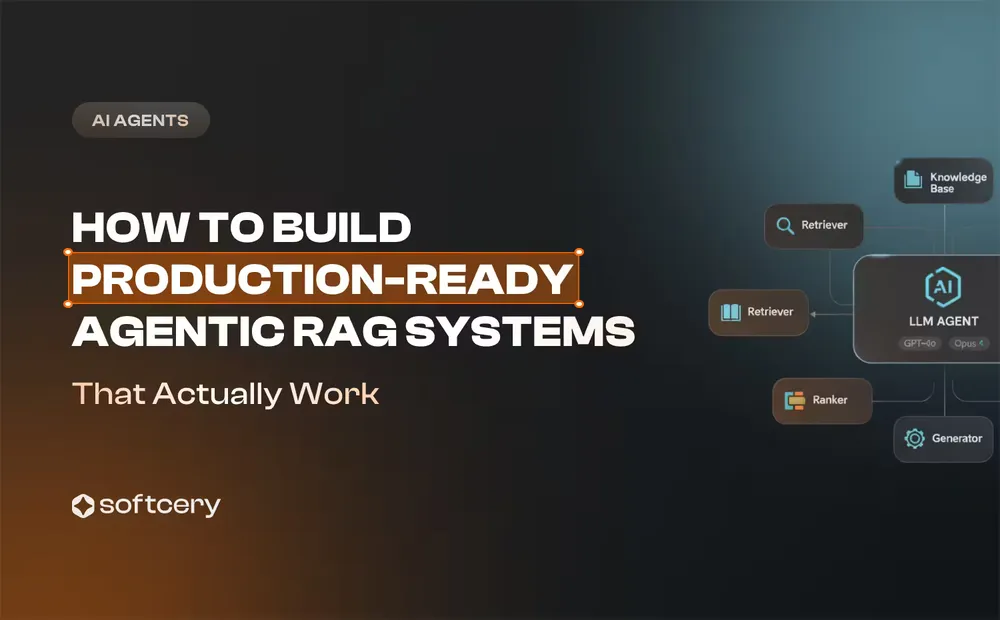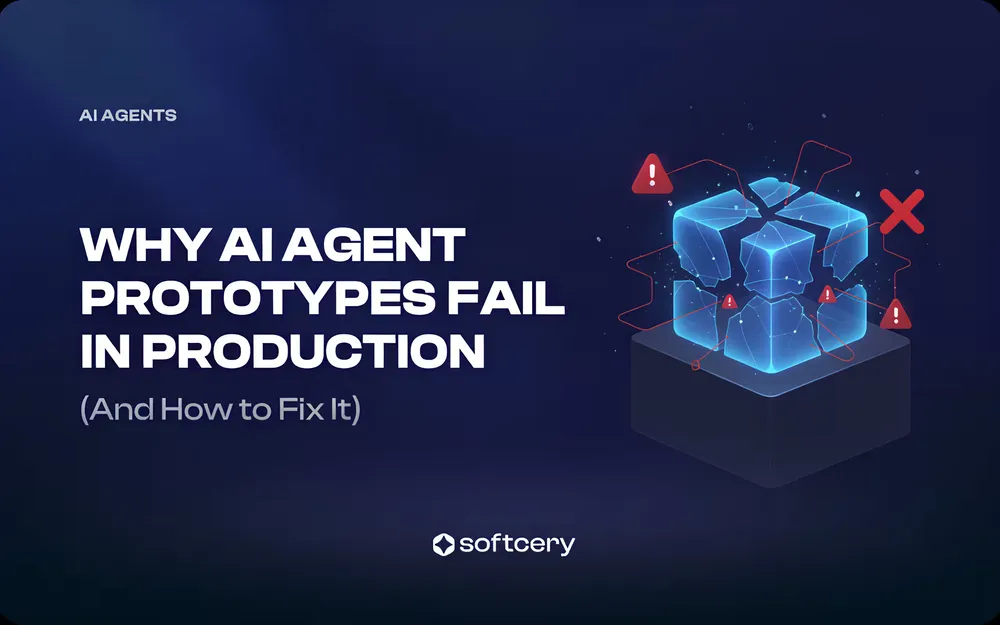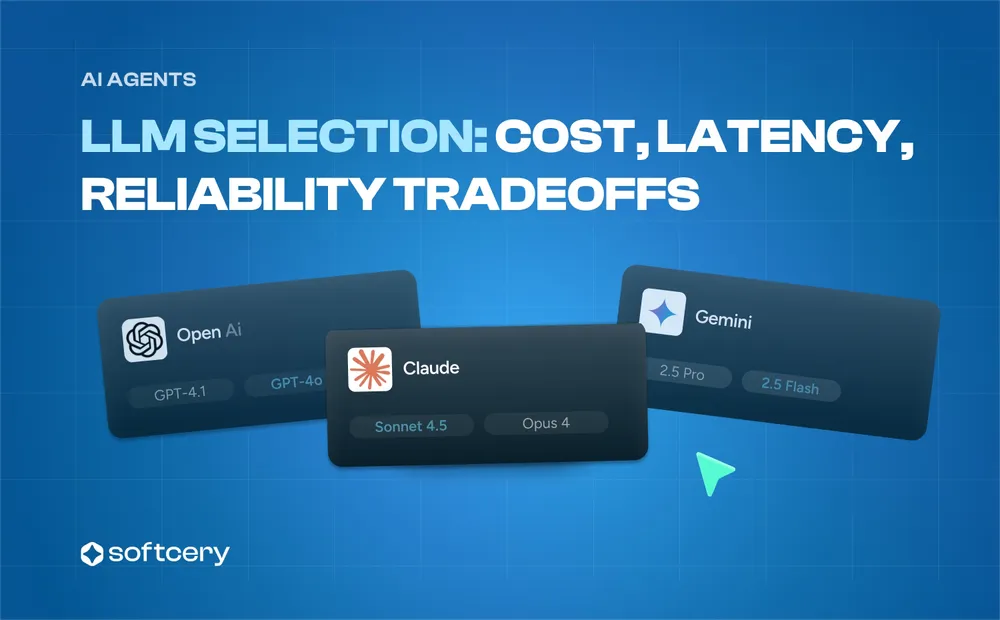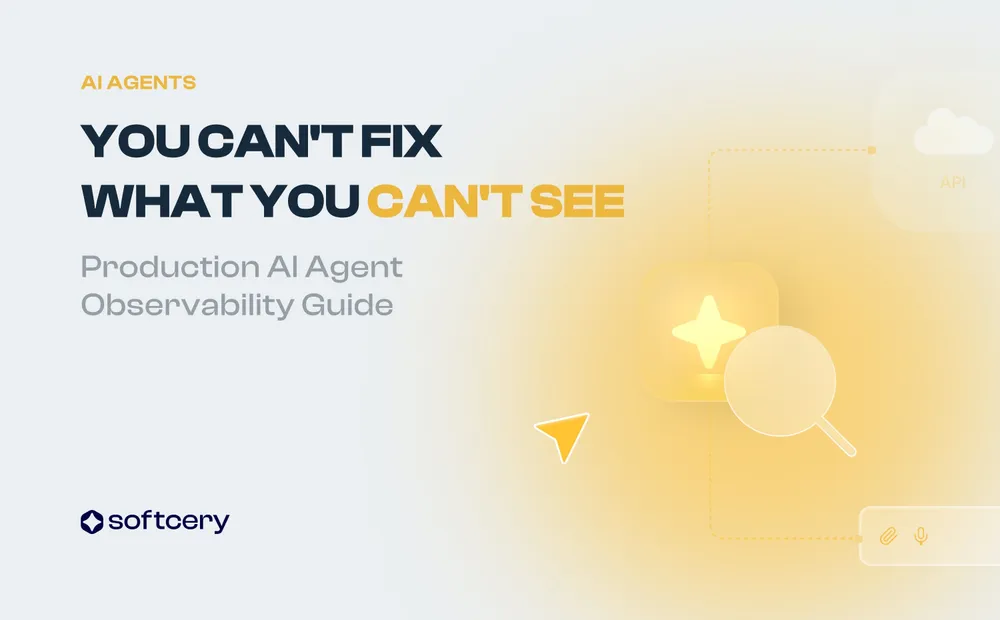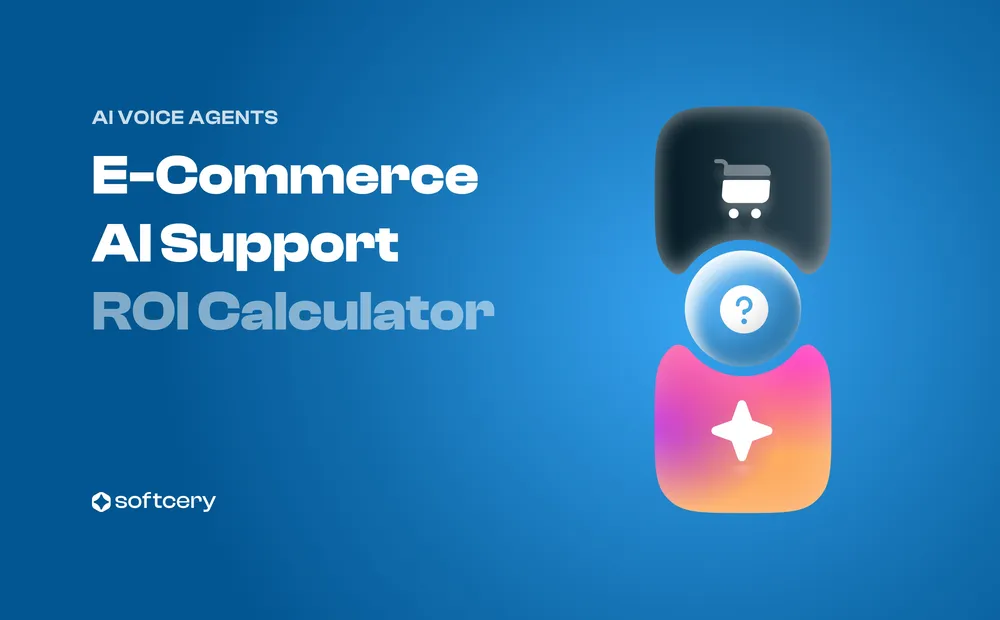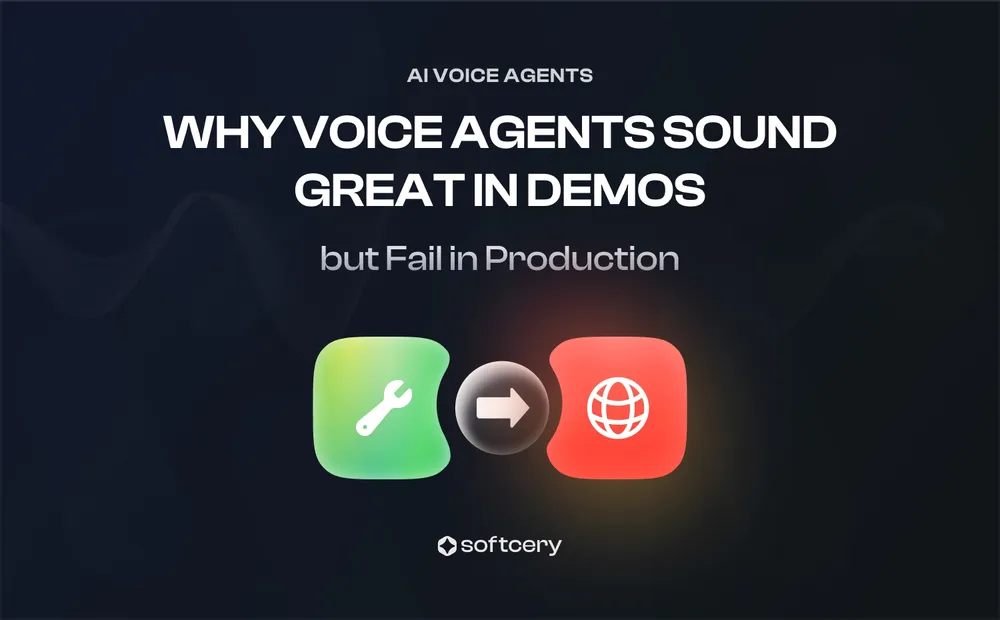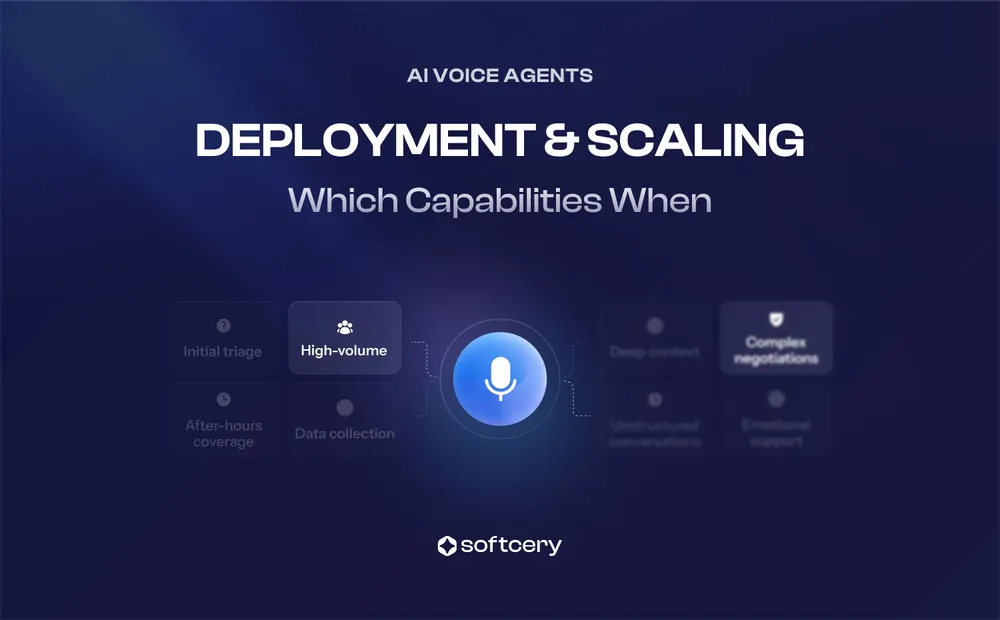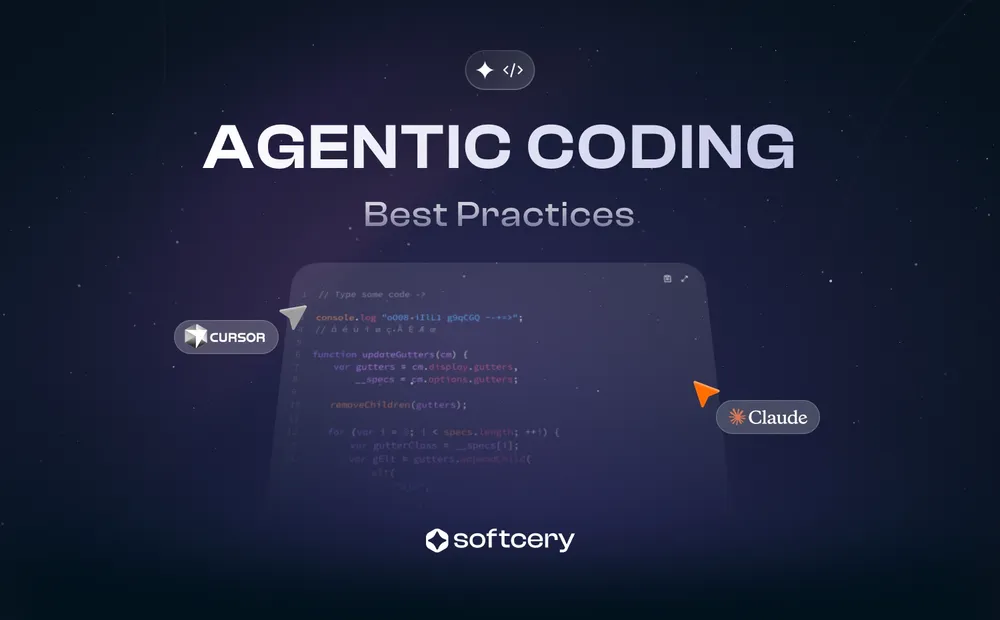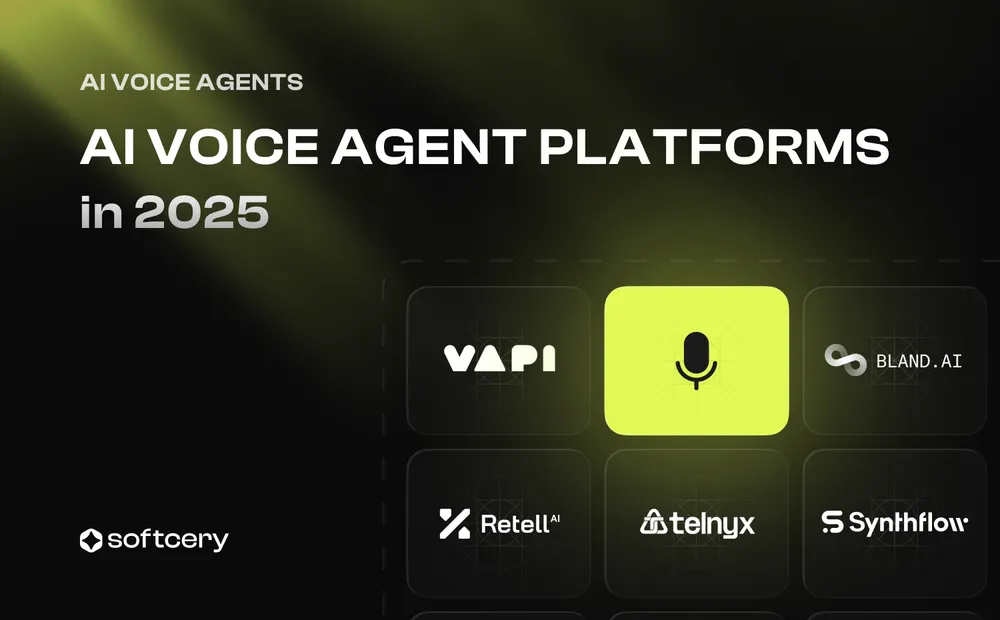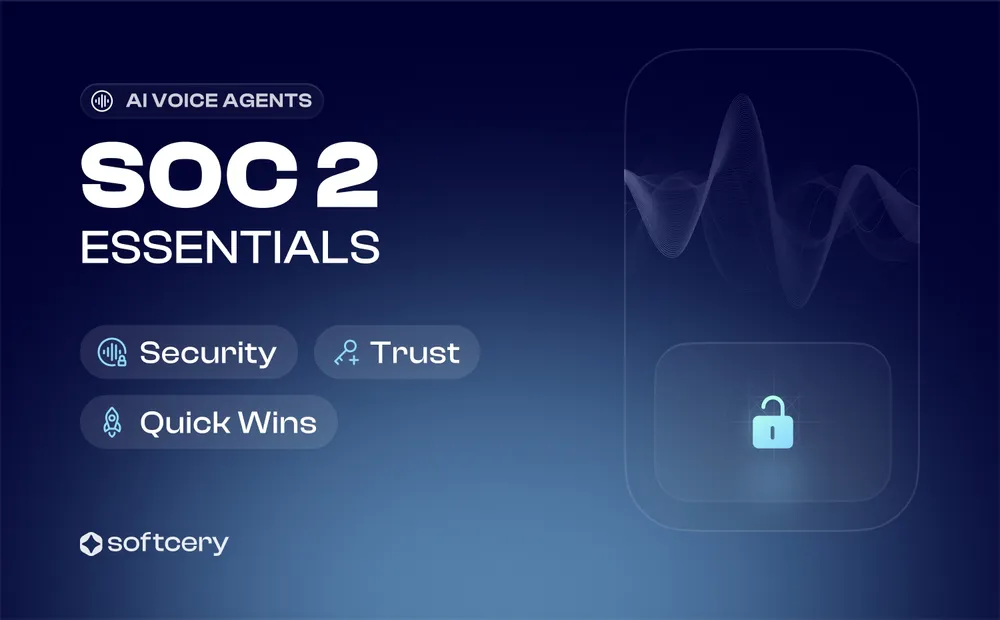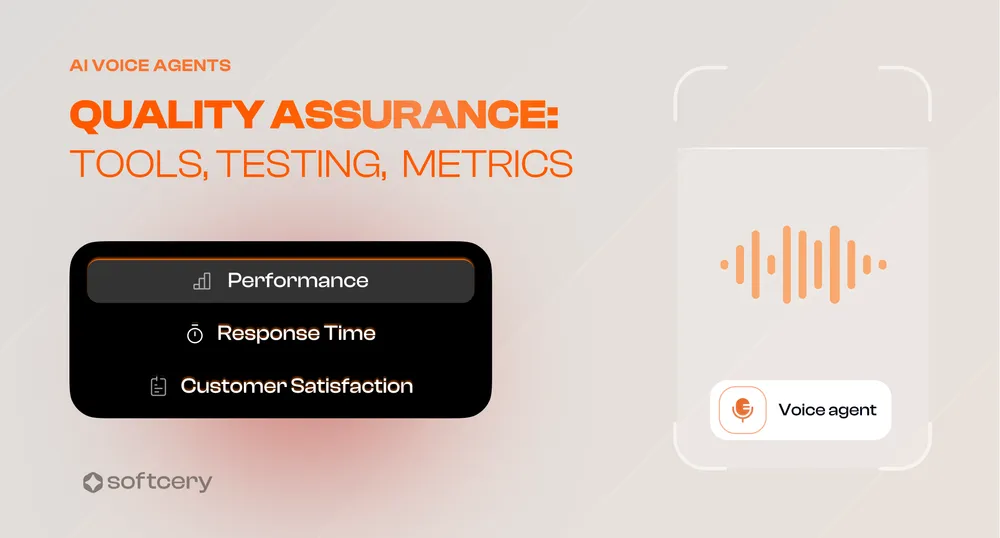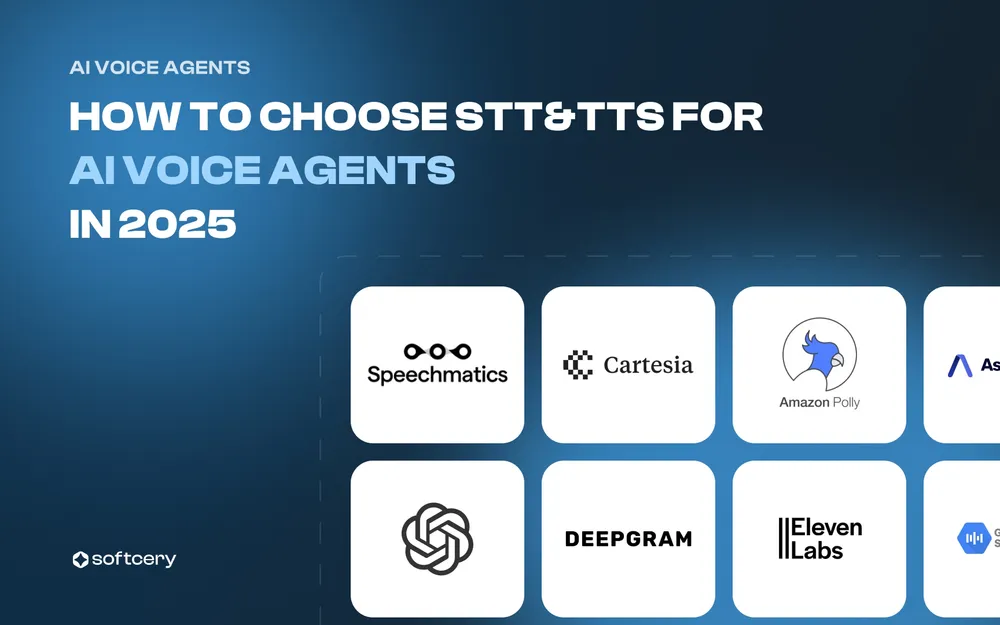US Voice AI Regulations: TCPA, BIPA, COPPA, HIPAA, & State Privacy Laws
Last updated on May 21, 2025
Legal requirements should enable – rather than paralyse – innovation. The list below distils the handful of U.S. rules that routinely affect early-stage voice-AI products. Follow them from day one and you can focus on customers instead of litigation.
Disclaimer: This article is for informational purposes only and does not constitute legal advice. For guidance specific to your situation, consult a qualified attorney.
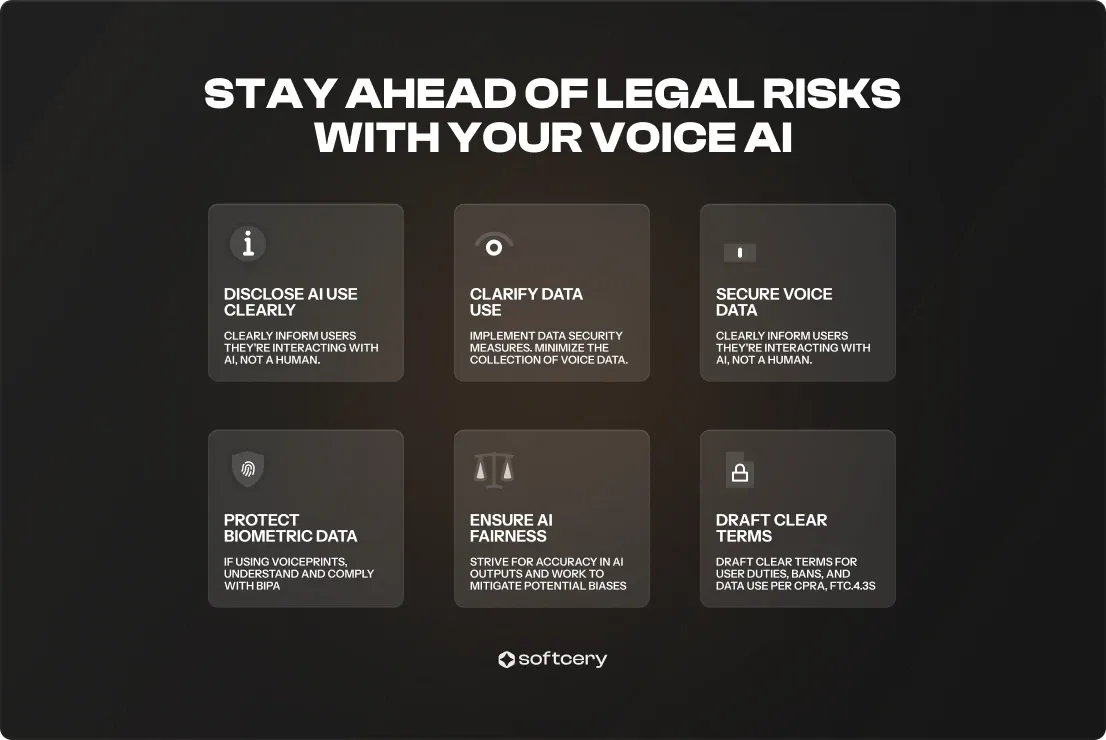
1. Transparency and Data Security (FTC Act §5)
Requirement
The Federal Trade Commission considers undisclosed or insecure data practices “unfair or deceptive.”
Minimum Action
- Publish a succinct privacy notice that explains – plainly – what you record, why, how long you keep it, and with whom you share it.
- Encrypt recordings in transit and at rest; restrict playback to staff with a defined business need.
Why It Matters
The FTC has authority to impose substantial fines, long-term consent decrees, and public reporting obligations. Amazon’s 2023 settlement over Alexa children’s data cost $25 million and compelled sweeping deletion controls.
2. Children’s Privacy (COPPA)
Requirement
Collecting data from children under 13 demands parental consent and strict handling.
Minimum Action
- Block access to the service until a verifiable parent-consent flow is completed.
- Auto-delete children’s recordings when they are no longer required for the original purpose.
- Retain auditable proof of consent.
Why It Matters
Regulators treat misuse of children’s data as an aggravating factor. Penalties can include both civil fines and mandated product changes.
3. Automated Outreach (TCPA)
Requirement
The Telephone Consumer Protection Act (TCPA) regulates outbound calls, texts, and voice broadcasts made using automated systems, including those utilizing AI-generated voices.
Clarification for Non-Marketing AI Calls
In February 2024, the FCC clarified that calls using AI-generated voices are considered “artificial or prerecorded voice” calls under the TCPA. This means that even non-marketing calls made using AI voice technology are subject to TCPA regulations.
Minimum Action
- Obtain Prior Express Consent: Before initiating any AI-generated voice calls, secure prior express consent from the called party, regardless of the call’s purpose.
- Provide Clear Identification: At the beginning of the call, clearly state the identity of the caller and disclose that the call is using AI-generated voice technology.
- Offer Opt-Out Mechanism: Include an immediate and easy-to-use method for recipients to opt out of future calls, and honor such requests promptly.
Why It Matters
Non-compliance with the TCPA can result in significant penalties, including statutory damages ranging from $500 to $1,500 per violation. Given the FCC’s recent emphasis on regulating AI-generated voice calls, it’s crucial to ensure that all outbound communications, even those for informational purposes, adhere strictly to TCPA requirements.
4. Biometric Voiceprints in Illinois (BIPA)
Requirement
Illinois’ Biometric Information Privacy Act requires informed written consent and a public retention policy for any biometric identifier, including voiceprints.
Minimum Action
- Present a separate consent document to Illinois users before capturing or analysing voiceprints.
- Publish a statement that sets retention limits and deletion procedures; follow it.
- Prohibit sale or other monetisation of biometric data.
Why It Matters
BIPA provides a private right of action with liquidated damages up to $5,000 per intentional violation. Class actions have exceeded $600 million in other biometric contexts.
5. State-Level Consumer Privacy
Requirement
California’s Consumer Privacy Rights Act – and similar statutes in other states – grants residents rights to access, delete, correct, and restrict use of their personal information.
Minimum Action
- Offer a visible mechanism for California users to exercise CPRA rights, including “Do Not Sell/Share” options.
- Build a process to locate and delete individual voice records upon request.
- Maintain an internal log showing how requests were handled.
Why It Matters
The California Privacy Protection Agency may fine up to $2,500 per violation, rising to $7,500 for intentional breaches or children’s data. More states are adopting comparable rules; a single, nationwide rights-handling process is the simplest defence.
6. Sector-Specific Obligations
| Context | Rule | Minimal Safeguard |
|---|---|---|
| Healthcare | HIPAA | Encrypt recordings, sign a Business Associate Agreement, limit workforce access, log every playback. |
| Financial services | GLBA Safeguards Rule | Adopt a written security programme and vendor-risk audit; publish an annual privacy notice. |
| Payment processing | PCI DSS (industry standard) | Avoid handling card numbers; if unavoidable, route transactions through a certified gateway and tokenise data. |
Failure in any of these sectors invites regulatory penalties and immediate loss of B2B contracts.
7. Accessibility (ADA and §508)
Provide alternative input and output channels – keypad, text chat, captions – so users with speech or hearing impairments can interact. Inaccessibility lawsuits are routine and expensive to defend.
8. Bot Identification (California BOT Act)
If the agent promotes goods or services to the public in California, it must disclose its non-human nature at the start of the interaction (“I am an automated virtual assistant”). The requirement is simple and the risk of omission unnecessary.
Five-Step Compliance Framework
1. Identify the Agent Clearly
Declare that the user is interacting with AI and, where applicable, that the conversation may be recorded.
2. Collect the Minimum and Purge Quickly
Retain audio for no longer than 30–60 days unless a statute (e.g., HIPAA) compels more. Automated deletion greatly reduces breach liability.
3. Consolidate Consent and Opt-Out Workflows
One interface can gather TCPA consent, COPPA parental approval, and state privacy opt-outs. Store timestamped proof.
4. Encrypt and Gate Data Access
Apply AES-256 encryption and role-based access control. Require two-factor authentication for anyone who can replay recordings.
5. Audit Quarterly
Review logs for unusual access, verify retention rules are executed, and document remediation. A four-hour quarterly exercise satisfies most “risk assessment” language in emerging laws.
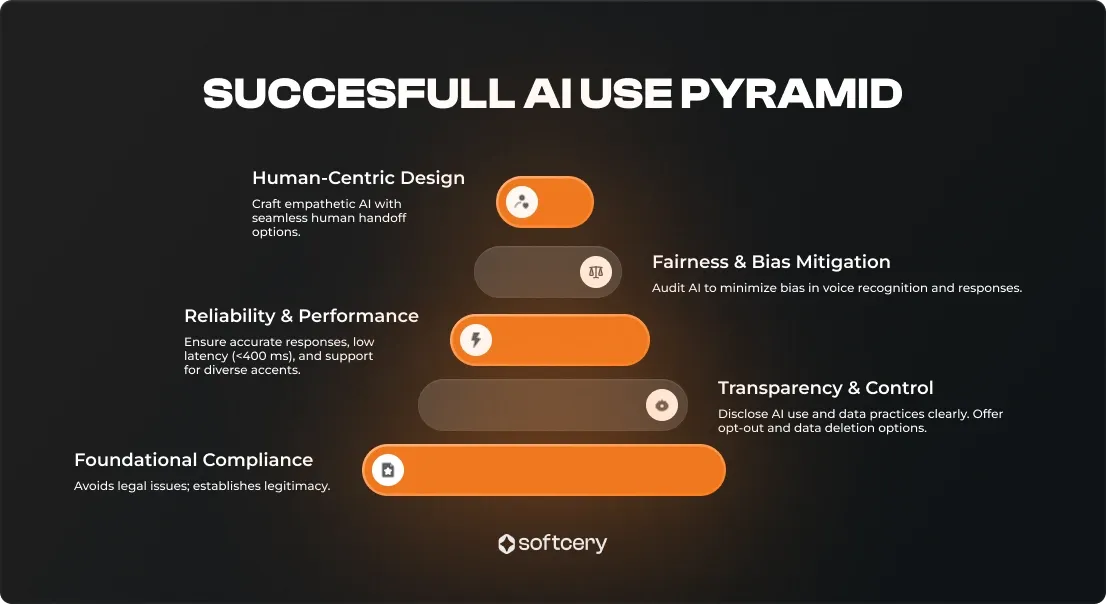
Regulatory Horizon (Next 18–24 Months)
| Development | Expected Timeline | Practical Preparation |
|---|---|---|
| Colorado SB 24-205: bias audits and user notices for “high-risk” AI | February 2026 | Preserve model-training artefacts and error-rate statistics now to simplify future audits. |
| New York City Local Law 144: annual bias audit for automated hiring tools | In force since 2023 | Obtain an independent audit before using voice screening for NYC roles. |
| Federal Algorithmic Accountability Act (draft) | Uncertain; monitor 2025 session | Maintain documentation of dataset sources, testing methodology, and mitigation steps; these form the core of any future impact assessment. |
When to Defer
- PCI DSS – irrelevant if the agent never collects card numbers.
- ISO/IEC AI certifications – valuable for enterprise sales, not legally required.
- State privacy statutes covering jurisdictions with no current users – adopt as soon as market expansion begins.
Implementation Shortcuts for Resource-Constrained Teams
- Telephony compliance – select a platform (Twilio, Amazon Connect) that embeds TCPA consent capture and call-recording disclosures.
- Privacy requests – outsource CPRA/CCPA workflows to a privacy-operations service (Transcend, Osano) rather than building in-house tooling.
- Access control – deploy an off-the-shelf identity and access-management layer to avoid bespoke permission logic.
Conclusion
For most early-stage companies, a short list of disciplined practices – transparency, minimal data collection, explicit consent, encryption, and periodic auditing – covers the majority of U.S. legal exposure in voice-AI deployments. Adopt these measures first; monitor Colorado-style bias legislation next; revisit sector-specific rules as your product strategy evolves. With this foundation in place, compliance becomes a manageable discipline rather than a roadblock to innovation.
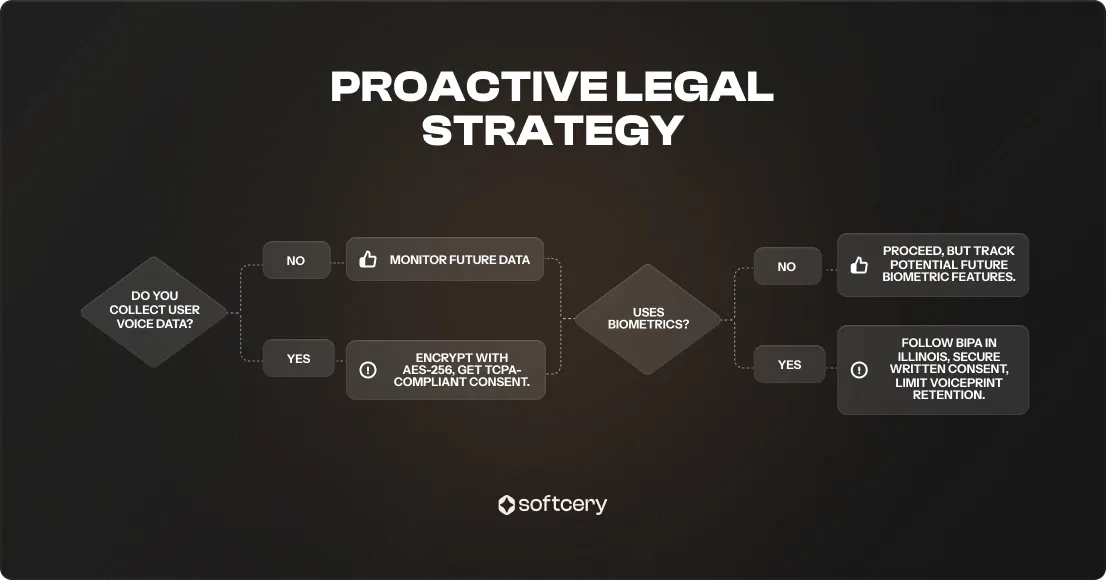
Focus on the 20% that actually moves the needle. Your custom launch plan shows you exactly which work gets you to launch and which work is just perfectionism – so you can stop gold-plating and start shipping.
Get Your AI Launch Plan